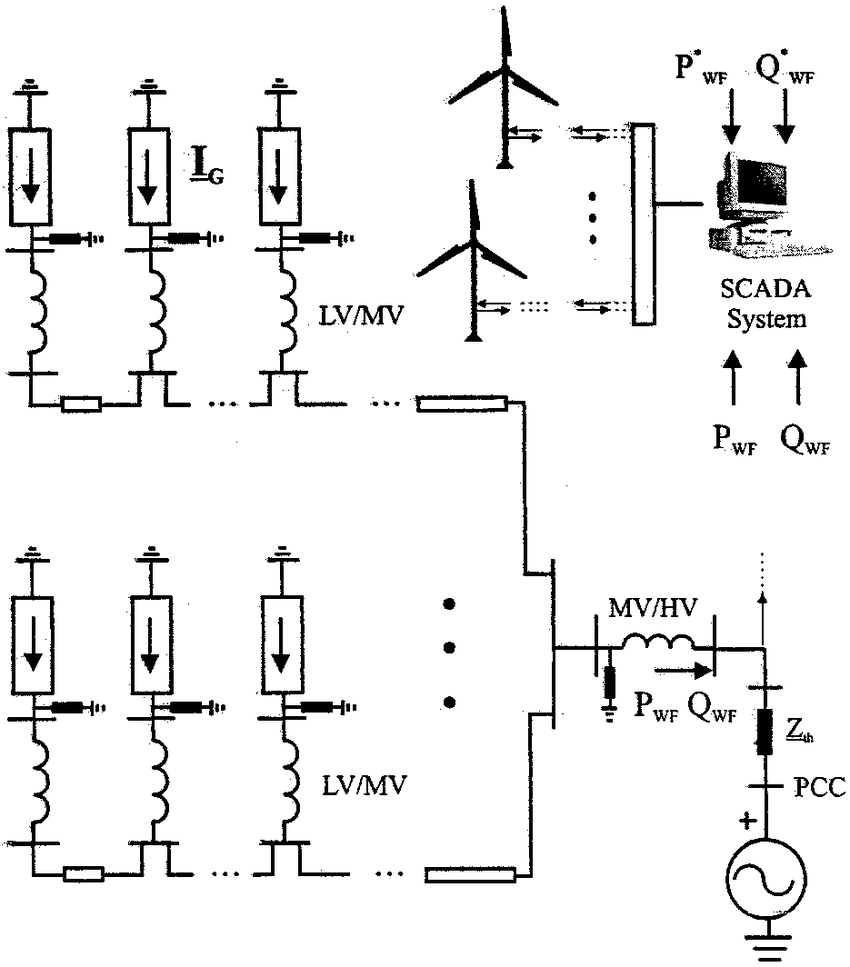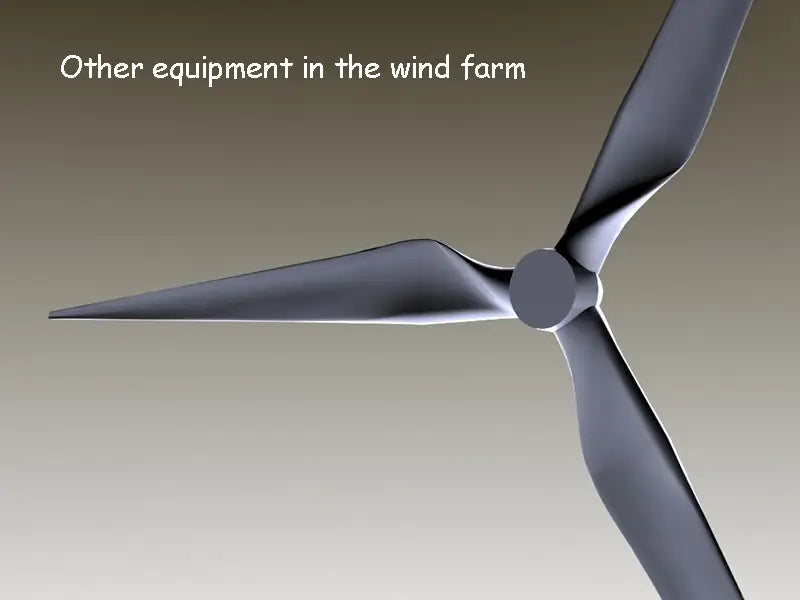
Main content:
1. Step-up transformers for wind farms
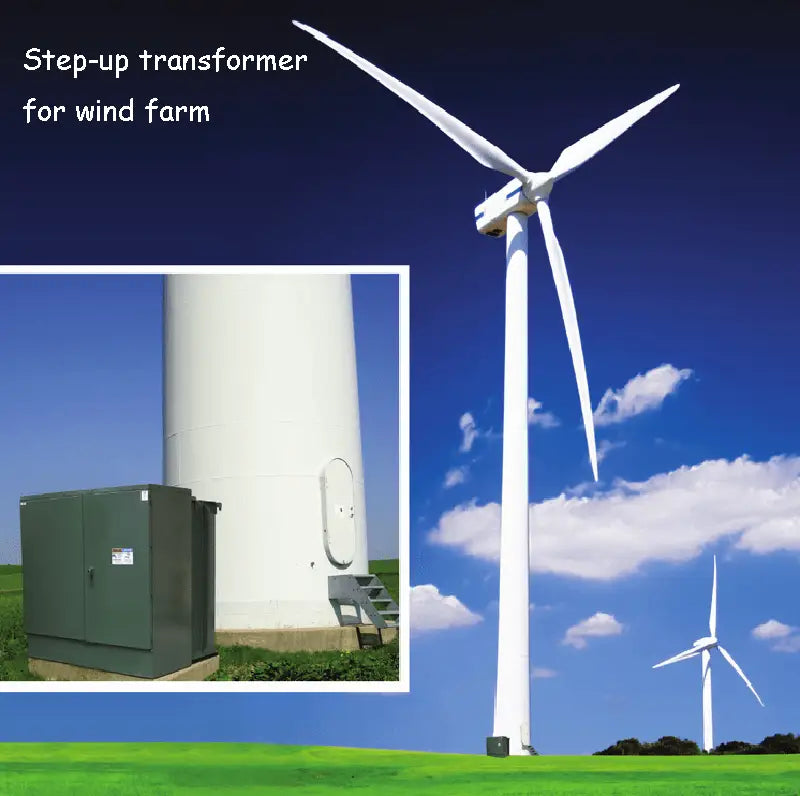
The power generated by the wind turbine needs to be sent to the power system, and in order to reduce the line loss, it should be boosted and sent out step by step. At present, the export voltage of wind turbines in wind farms in the international market is mostly 0.69 kV or 0.4 kV. Therefore, the wind turbines in wind farms should be equipped with step-up transformers to boost the voltage to 10 kV or 35 kV and connect to the power grid. The capacity of the step-up transformers It is configured according to the capacity of the wind turbines of the wind farms. The wiring method of the step-up transformer can be equipped with one transformer for one wind turbine, or one transformer for two or more units. Under normal circumstances, one wind turbine is equipped with one transformer, which is referred to as one machine and one transformer. The reason is that the distance between the wind turbines in the wind farms is relatively long. If the connection method of two machines and one change or several machines is used for one change, the 0.69 kV or 0.4 kV low-voltage cables used are too long, which increases the power loss, and also makes the transformer protection and protection. Getting control power is more difficult.
The access system of wind farms generally uses cheaper oil-immersed transformers or more expensive dry-type transformers, and installs transformer high-voltage circuit breakers and low-voltage circuit breakers in box-type substations welded with steel plates. The transformer equipment is also installed outside the steel plate welded box, which is conducive to the heat dissipation of the transformer and the saving of steel plate materials, but the wind farms need to change the original transformer inlet and outlet bushings from the secondary side outlet to the primary side outlet. The electricity generated by the unit is first sent to the box-type substation installed near the unit, boosted, and then sent to the substation matching the wind farms through the power cable or directly to the substation closest to the wind farms in the local power system . With the continuous expansion of the scale of the wind farms, 10 kV or 35 kV box-type transformers are used to boost the voltage and directly transmit the power to the power system. The number of circuits is too many, which is unreasonable. Generally, the wind farms are transported to the wind farms through power cables. Self-provided special substations are transported to the power system through high-voltage lines.
2. Distribution lines of wind farms
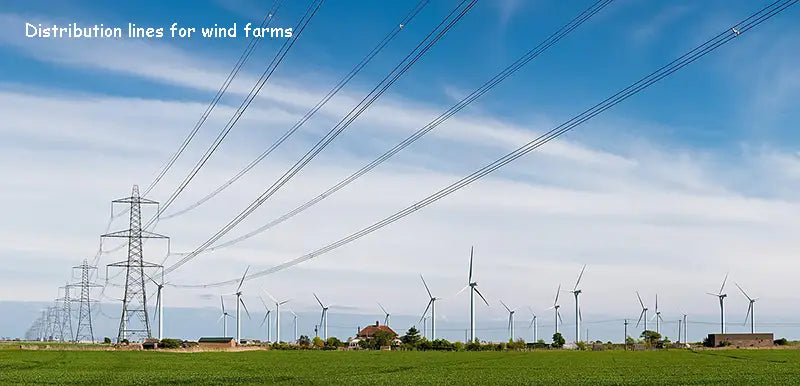
The wiring between the box-type substations in the wind farms are grouped connection. Each group of box-type substations consists of 3 to 8 transformers, and the number of box-type substations in each group is determined by the topography of the wind farms. It is determined by factors such as the current carrying capacity of the power cable or overhead conductors drawn from the box-type substation, as well as technical and economic factors.
The power distribution line of the wind farms can be laid with directly buried power cables or overhead conductors. The overhead conductor investment is low. Since the wind turbines in the wind farms is basically arranged in a plum blossom shape, the overhead conductors in the wind farms are strip-shaped or grid-like. The layout is not conducive to equipment transportation and maintenance, and it is not beautiful. The wind farms are laid with directly buried power cables. Although the investment is high, the landscape of the wind farms is good.
3. Substation equipment for wind farms
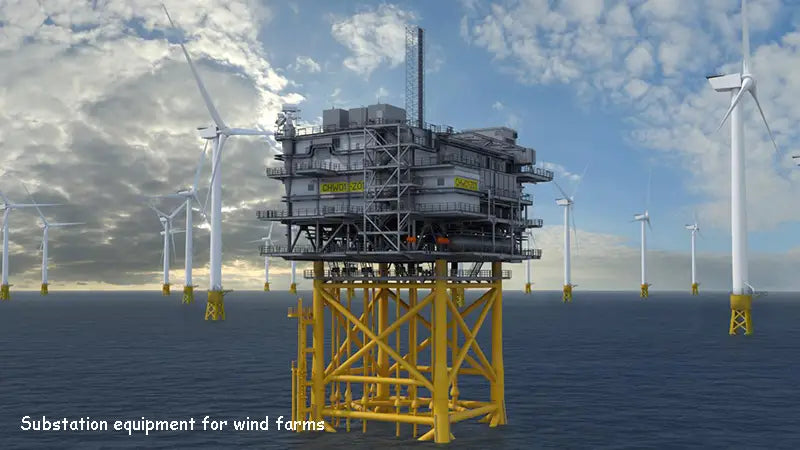
With the improvement of environmental protection requirements and the development of wind power technology, increasing the scale and single-chip capacity of wind farms can obtain capacity benefits and reduce the investment in kilowatts and on-grid electricity prices for wind farms construction projects.
The scale and voltage level of the special substation for wind farms are determined after technical and economic comparisons are made according to the planning of the wind farms, the construction capacity by stages and the arrangement of wind turbines.
The design of the wind farms substation is the same as that of the corresponding conventional substation. Only when the transformer is selected, if the power cable is selected for the power distribution equipment in the wind farms, due to the large capacitor current, it is necessary to select the power cable to compensate the capacitor current. The broken-line transformer, that is, the grounding transformer is selected, and the wiring diagram of the wind farms is shown in the following figure.
